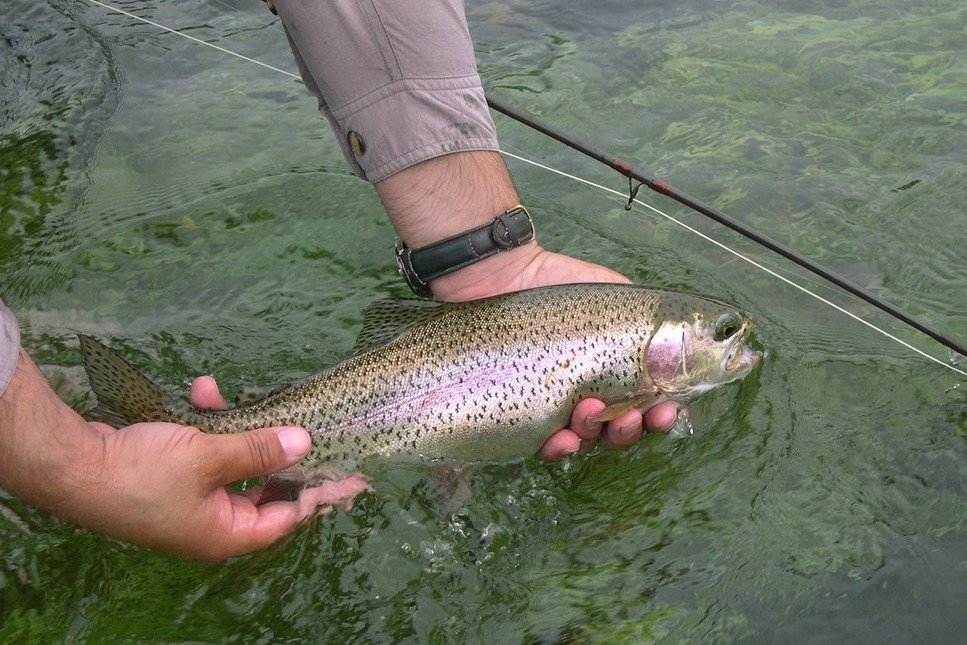
If you’re into catching fish, then you have to be into releasing them too. Not every fish is worthy of your dinner plate. So if you’re throwing them back, you need to ensure—to the best of your ability—that they’ll survive. Here’s how:
1. Use barbless hooks: This is simple. Barbless hooks can be removed easily and will cause the least amount of damage to fish.
2. Get wet: Always get your hands wet when handling fish. The layer of slime that coats fish protects them from bacteria, fungus, and parasites, and handling the fish with dry hands is likely to remove that layer.
3. Set the hook: The longer the fish has with your bait, the deeper inside its body the hook is likely to go. To release the fish successfully, you want the hook set somewhere in the fish’s mouth. As soon as you feel a bite, give the line a good tug to set the hook.
4. Be quick: Fish can exhaust themselves relatively quickly when fighting a fisherman, so the quicker and smoother you can get from catch to release the better.
5. Don’t use live bait: Fish are generally hooked deeper within their digestive system when using live bait. By using artificial bait, it is less likely you will hook a fish so deeply that the hook can’t be safely removed.
6. Stay wet: If you can remove the hook without pulling the fish out of the water, even better.
7. Leave the hook in: If the fish really went to town on your bait and the hook is lodged super deep, sometimes it’s better to leave the hook in than risk damaging internal organs with pliers. Cut the line just outside the fish’s mouth and let it go. If the fish survives, it will eventually shed the hook, new tissue will surround it, or the hook will corrode. This is when using non-stainless steel hooks is advised, as they’ll corrode quicker than stainless steel ones.
8. Don’t “land” the fish: Don’t land your fish by dragging it onto the rocks, beach, or grass along the shoreline. Contact with any of these surfaces is likely to remove that protective layer of slime and can also physically hurt the fish.
9. Be gentle: Fish aren’t meant to be out of water, and their heads aren’t tough like ours. They aren’t designed to take a whack or two and head injuries are often a cause of death for fish following release.
10. Revive the fish: Face your fish upstream, or into the current, and let it breathe normally. Also try to do so in sediment-free water. If you’ve disturbed the streambed, move into clean, clear water and place the fish there. Wait for the fish to become vigourous and stable before letting it go.





